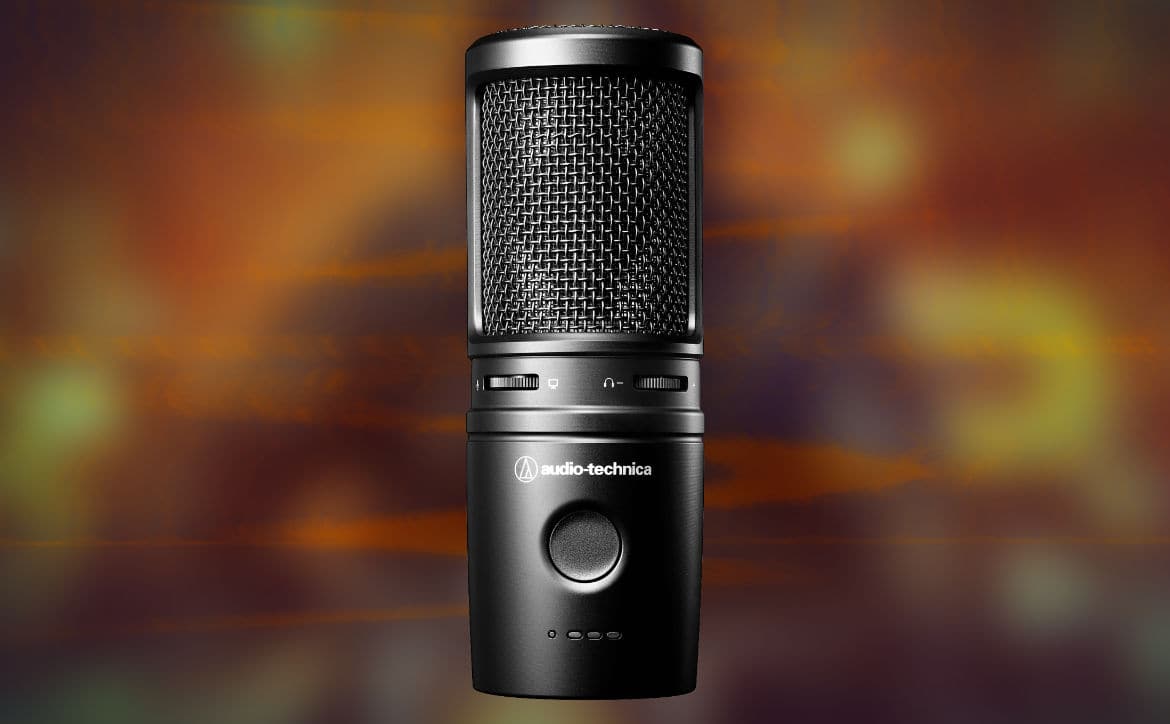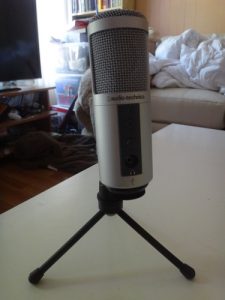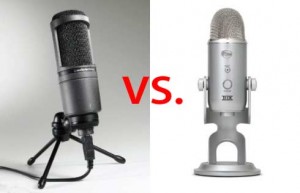Audio-Technica AT2020 USB Mic Review
 Post thumbnail
Post thumbnail Walk into any top-end recording studio and ask to look inside their microphone cabinet. Without many exceptions, you’ll see an Audio-Technica AT4050 condenser mic. It has become an industry standard due to its virtues as a versatile, “workhorse” microphone.
As great as the AT4050 is, it’s aimed at pros with a price tag to match. This puts it out of reach for many hobbyists.
Although Audio-Technica is known for professional products they have come up with the AT2020 to meet the needs of podcasters and DIY recording musicians. In contrast to the 4050, the AT2020 is affordable and easy to get started with. You don’t need a fancy preamp, and audio interface to make USB mics sound good. This makes it a solid alternative to the popular Blue Yeti.
Design and Functionality
At this price, you come to expect a plasticky feel or cheap, roughly finished aluminum. Upon pulling it out of the box, this mic’s outstanding build quality was the first thing I noticed. I’m one of the old-fashioned types that associate weight with well-made gear. The AT2020 has just the right amount of weight to make me feel confident in its durability.
The AT2020 design is very utilitarian and similar to its big brothers, such as the AT4050. It is a simple cylinder shape with a grill so big that it spans half the length of the microphone. The USB cable plugs into the bottom just like traditional XLR mics. It draws its power from the USB port on your computer. To notify you that it’s powered up, the grill lights up blue thanks to an internal LED light.
In comparison, the knobs and switches can feel a little flimsy on Blue USB mics. This is because USB microphones are sold for so little, making cost-cutting an inevitable reality.
 I’ve often recommended the
I’ve often recommended the 

